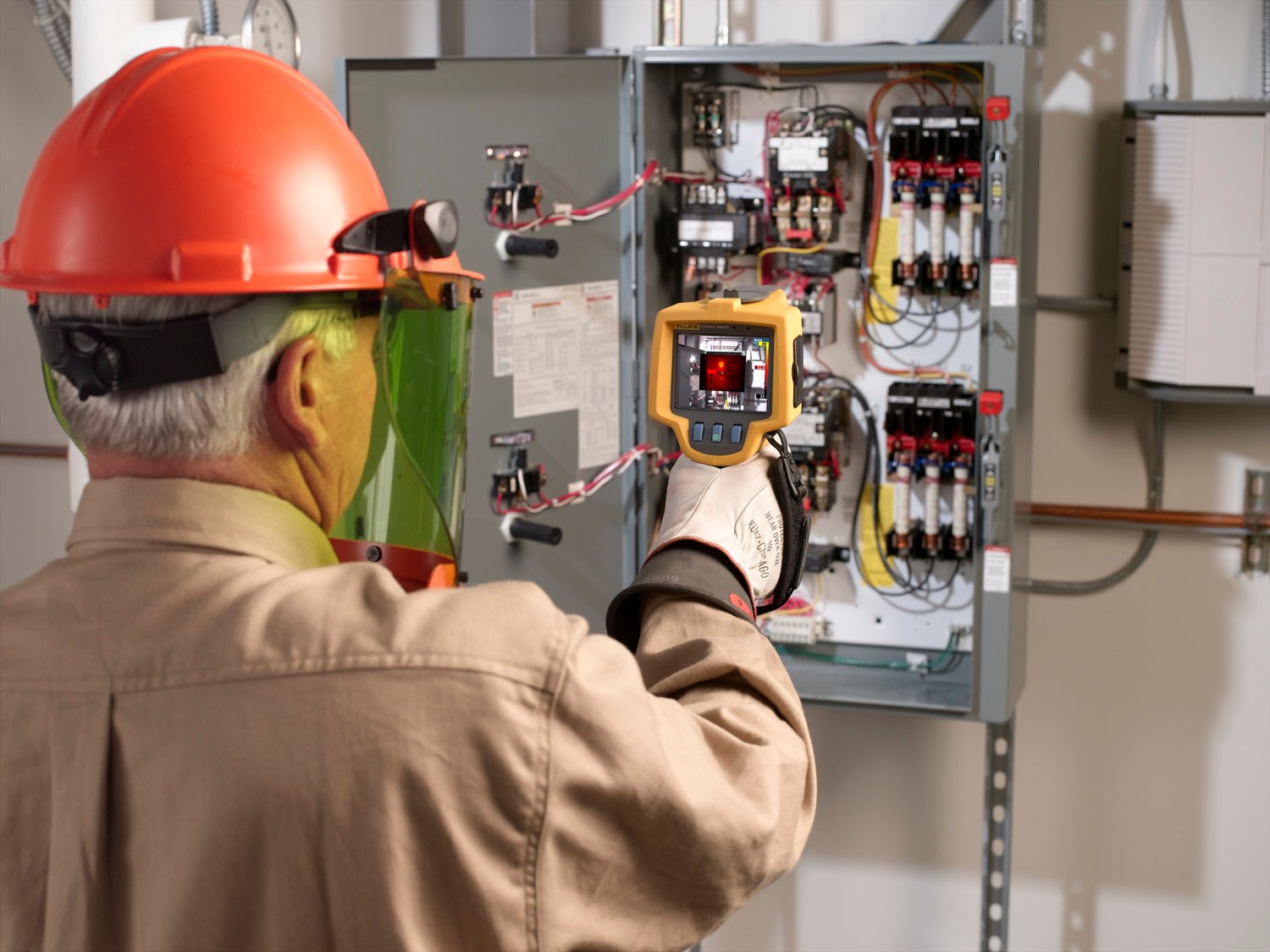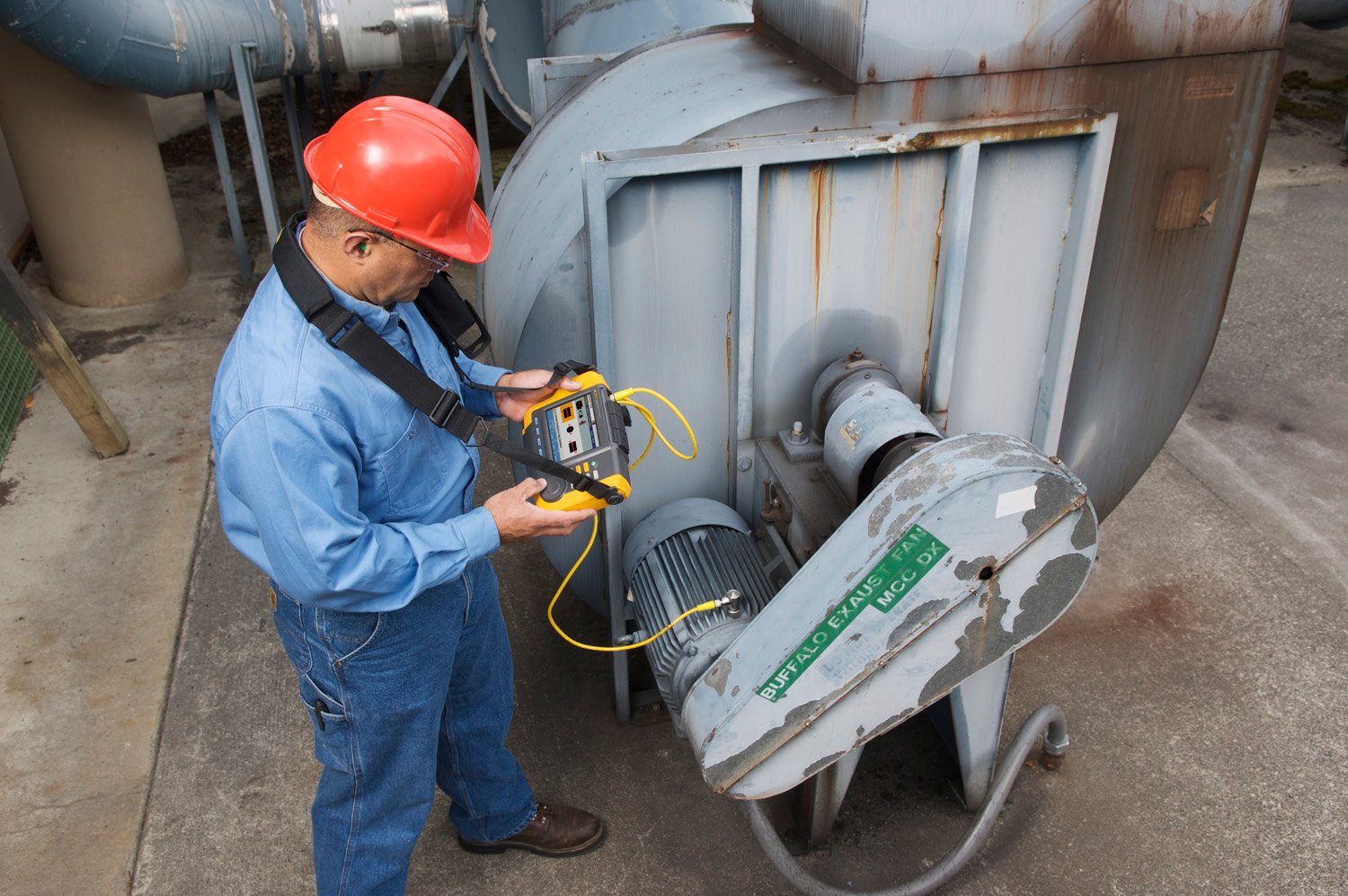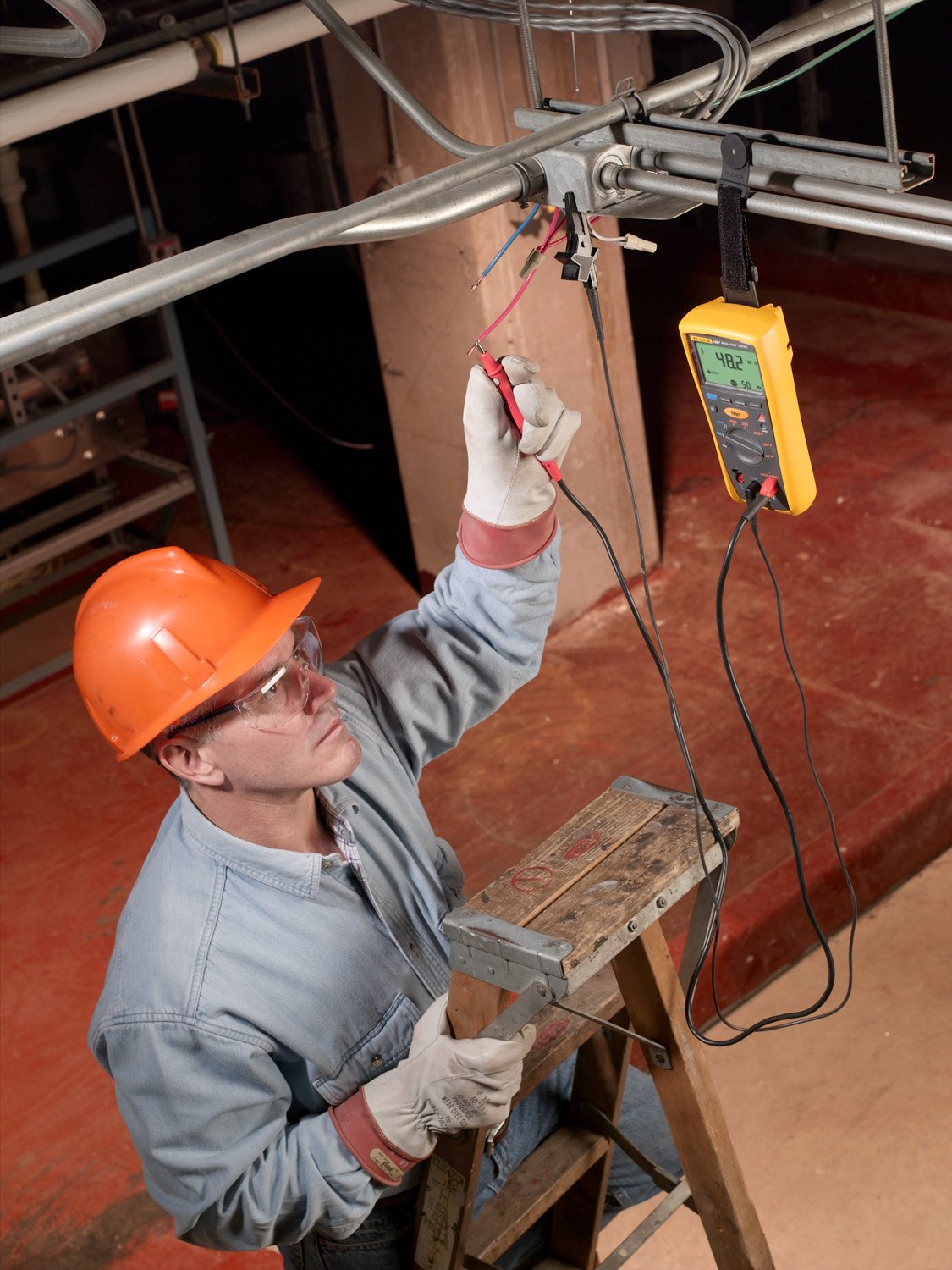By Jack Smith
How much does unexpected downtime cost your facility per minute, hour, or day? In your facility, how much of that unexpected downtime can you prevent? Making the right maintenance choices and investments can help minimize these surprises.
The Federal Energy Management Program (FEMP) (www1.eere.energy.gov/femp), part of the US Dept. of Energy (DOE) (www.energy.gov), released the latest version of its "Operations & Maintenance Best Practices, a Guide to Achieving Operational Efficiency" in August 2010. Developed under the direction of FEMP, the 320-page guide is intended to provide useful information about operation, maintenance, management, energy efficiency, and cost-reduction approaches.

One of the interesting aspects of the publication is its emphasis on Predictive Maintenance (PdM). While Chapter 5 defines, explains, and provides comparisons and examples of maintenance program types, the guide devotes an entire chapter (Chapter 6) to PdM. Three of the PdM technologies presented in the guide include thermography , vibration analysis, and performance trending. I'll come back to this.
The guide lists reactive, preventive (PM), PdM, and Reliability Centered Maintenance (RCM) as the maintenance program types and describes the differences among them:
- Reactive maintenance - allows equipment to run to failure
- PM - personnel perform maintenance tasks on time-based or equipment run-time schedules
- PdM - bases the need for maintenance on the actual condition or health of the machine or equipment
- RCM - closely resembles the methodology of PdM, except that RCM takes equipment criticality and context into consideration.
Another interesting point to note from the FEMP guide is that "more than 55% of maintenance resources and activities of an average facility are still reactive." Although the publication attributes this metric to 10-year-old research, the numbers hold up when compared to more recent studies such as Plant Engineering magazine's "The Changing World of the Plant Engineer," released in April 2010, which states, "More than 60% of US plants and more than 70% of international plants do not have a maintenance strategy in place."
Back to PdM
The FEMP guide explains the pros and cons of PdM, and compares its advantages and disadvantages in relation to the other maintenance methods. Although it estimates that a properly functioning PdM program can provide savings from 8% to 12% over a program using PM alone, it also recognizes the significant initial investment that PdM potentially requires. This investment includes diagnostic and monitoring equipment, training in-plant personnel to use the equiment, and educating them about PdM methodologies and concepts. Although PdM can create significant upfront costs, depending on your process, downtime can potentially cost your plant much more.
While most of the information in the guide is not new, it reinforces existing tried-and-true PdM strategies. This is important because so many plants still "manage" maintenance reactively. Therefore, established methodologies that can help predict and prevent situations that could cause downtime bear repeating.
For example, using infrared (IR) thermography to inspect electrical systems is well established and well documented. Electrical power generation, transmission, distribution, and end use can benefit from thermographic inspection. From generators, motors, and transformers to switchgear, motor control centers, cable trays, and lighting distribution panels, thermography can detect many impending failures on most electrical systems.
Don't stop at electrical. Thermography is used to detect and diagnose problems in mechanical equipment too. In addition to the ability to detect problems associated with rotating equipment, such as bearing failure, alignment, balance, and looseness, thermography can be used to check boiler tubes and refractory materials; steam traps, valves, and lines; fluid vessel levels and pipeline blockages; environmental water and air discharge patterns; and even building roof membrane integrity.

Vibration detection instrumentation and signature analysis software have long been used to detect abnormal equipment conditions. This type of PdM technology can help define existing problems such as mechanical unbalance, eccentric rotors, misalignment, mechanical resonance problems, sleeve-bearing problems, flow-induced vibration, gear problems, and belt drive problems, to name a few.
In the past, vibration analysis equipment was prohibitively expensive and complex. Plants that used this type of PdM typically outsourced vibration testing and analysis to third-party services. However, as with IR thermography, vibration testing equipment is now available, affordable, and much less complex than earlier technologies.
Performance trending augments PdM programs by documenting operational parameters of facility equipment and processes. This allows plant personnel to establish baselines, track trends, and detect when process and equipment parameters are outside of their optimum ranges. These data can be used to determine the health or condition of the monitored equipment or processes.

Much of the equipment in many facilities already has instrumentation that can be used for performance trending. Facilities can install additional sensors if necessary. Easy-to-use and relatively inexpensive data loggers can complete the PdM performance trending requirements.
Let's not leave out power quality analyzers, power quality loggers, power recorders, logging multimeters, and insulation testers. This list is not exhaustive. The tools are available, the tools are affordable, and the tools are easy to use. However, the most effective use of these, or any other quality test equipment, depends on how you apply them to help predict and prevent failures - not just react to them.
For a copy of Operations & Maintenance Best Practices, a Guide to Achieving Operational Efficiency (.pdf)
To comment on this or any of my "Solid Ground" columns or to suggest column topics, send me an e-mail at jacksmith.writes@gmail.com.
Until next time, keep standing on "Solid Ground."